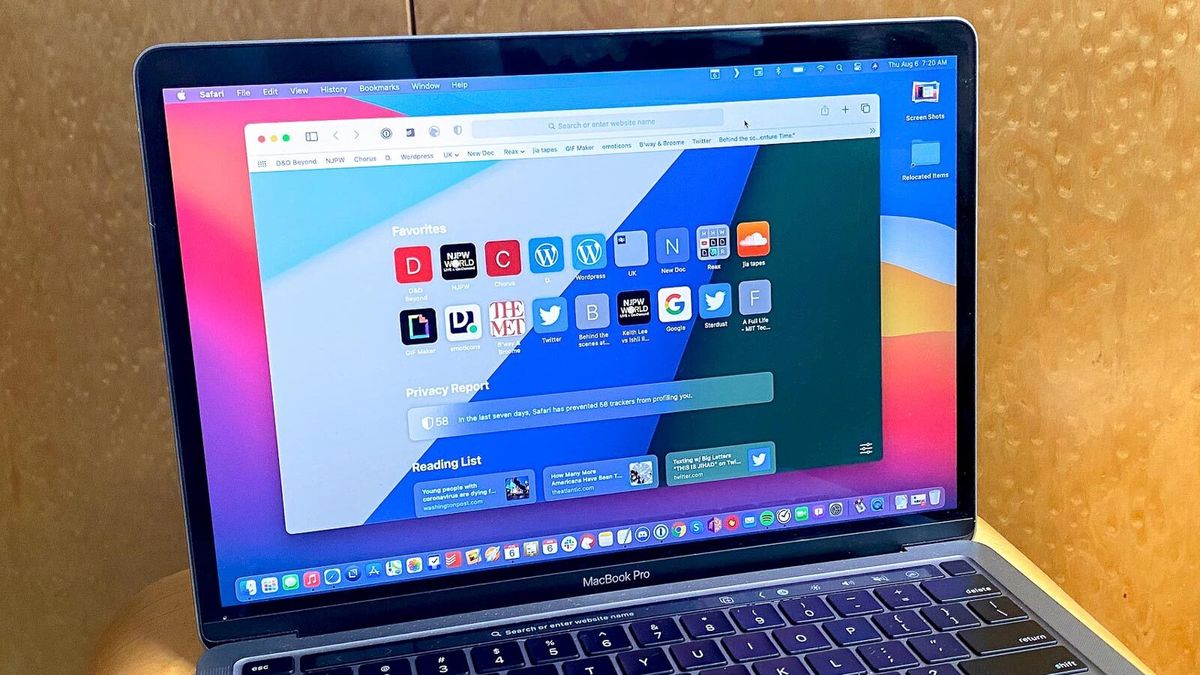
- #Macos versions in order mac os x
- #Macos versions in order install
- #Macos versions in order update
- #Macos versions in order tv
It also finally changed the version number of macOS from 10 to 11, a change that seems to be continuing.Shift-Option-Command-R (for Macs upgraded to 10.12.4 and later) or Option-Command-R (for all other Macs): Installs the version of macOS that came with your computer or the closest available version.įor example, my computer is an early 2015 MacBook Pro running 10.13.3, and when I hold down Shift-Option-Command-R at startup and pick “Reinstall macOS” afterward, the machine offers to install Yosemite for me.
#Macos versions in order update
Support for 32-bit apps ceased when macOS updated to Big Sur, making some older applications no longer useable, or forcing users to update to later versions of apps. It also introduced Sidecar, allowing users to use their iPads as second screens or graphics tablets with their Macs.
#Macos versions in order tv
macOS 10.15, Catalina (2019)Ĭatalina split iTunes into the Music, Podcasts, and TV apps, and redesigned apps like Books and Find My. Stacks for desktop organization were also introduced here. macOS 10.14, Mojave (2018)ĭark mode and Dynamic Desktop arrived with Mojave, allowing the graphics of Macs to shift depending on the time of day. Many applications were updated, and Apple shifted Macs to Apple File System (APFS) while also introducing the Metal 2 API. With High Sierra, Macs could now support HEVC video and more forms of VR. Sierra saw Siri and Apple Pay come to Macs, along with iCloud improvements that allowed more file access between Macs with the same Apple ID.
#Macos versions in order mac os x
Mac OS X was officially renamed macOS with the Sierra update. Some examples of this were the addition of public transport options in Apple Maps and the Notes app getting an updated UI. Mac OS X 10.11, El Capitan (2015)Įl Capitan refined and improved features rather than adding new ones. IPhoto and Aperture combined into the Photos app, matching the iOS Photos app, as Yosemite’s graphics matched up with iOS 7’s graphics too. Users could now answer calls and texts and edit Pages and Numbers documents on whichever Apple device they wanted. With the Continuity and Handoff features, Yosemite saw even more integration between iOS and Mac devices. This OS update was totally free, as all Mac OS updates and upgrades are to this day. Mavericks improved with battery life and added even more iOS apps to Mac, like iBooks and Apple Maps, with more iCloud integration, too. Perhaps finally out of big cats, Apple shifted its OS naming convention to Californian locations with Mavericks. All of this was joined by more app syncing between iOS and Mac devices too. The Game Center and Notification Center were added to Mac, along with the Reminders, Notes, and Messages apps.Īpps like iCal updated to Calendar, following iOS updates. Mountain Lion was deeply influenced by updates in iOS. As Apple started building Intel-based Macs, Tiger functioned on these new devices the way it did on existing PowerPC Macs.

Tiger added Spotlight, Dashboard, Smart Folders, Automator, and VoiceOver though, and updated Safari, Quicktime, and Mail. Panther had not worked on the Power Macintosh and the PowerBook this meant even more Apple computers were losing OS support. Tiger could only operate on Macs with a built-in FireWire port. It also added a brushed-metal look to the interface, influencing future design choices for a while. Panther added in Safari and FileVault, allowed faster user switching, and included a Finder update. Going forward, users would see the Apple logo when they turned on their Mac instead. The “Happy Mac” face was retired in this update, after 18 years. Jaguar had better performance than its predecessors and better compositing graphics, allowing iChat and Address Book to work on Macs.

Upgrading from Classic Mac OSs cost users money at this time, but at least upgrading from Cheetah to Puma was free. A few months after Puma came out, Apple announced Mac OS X would become the default OS for its computers.


 0 kommentar(er)
0 kommentar(er)
